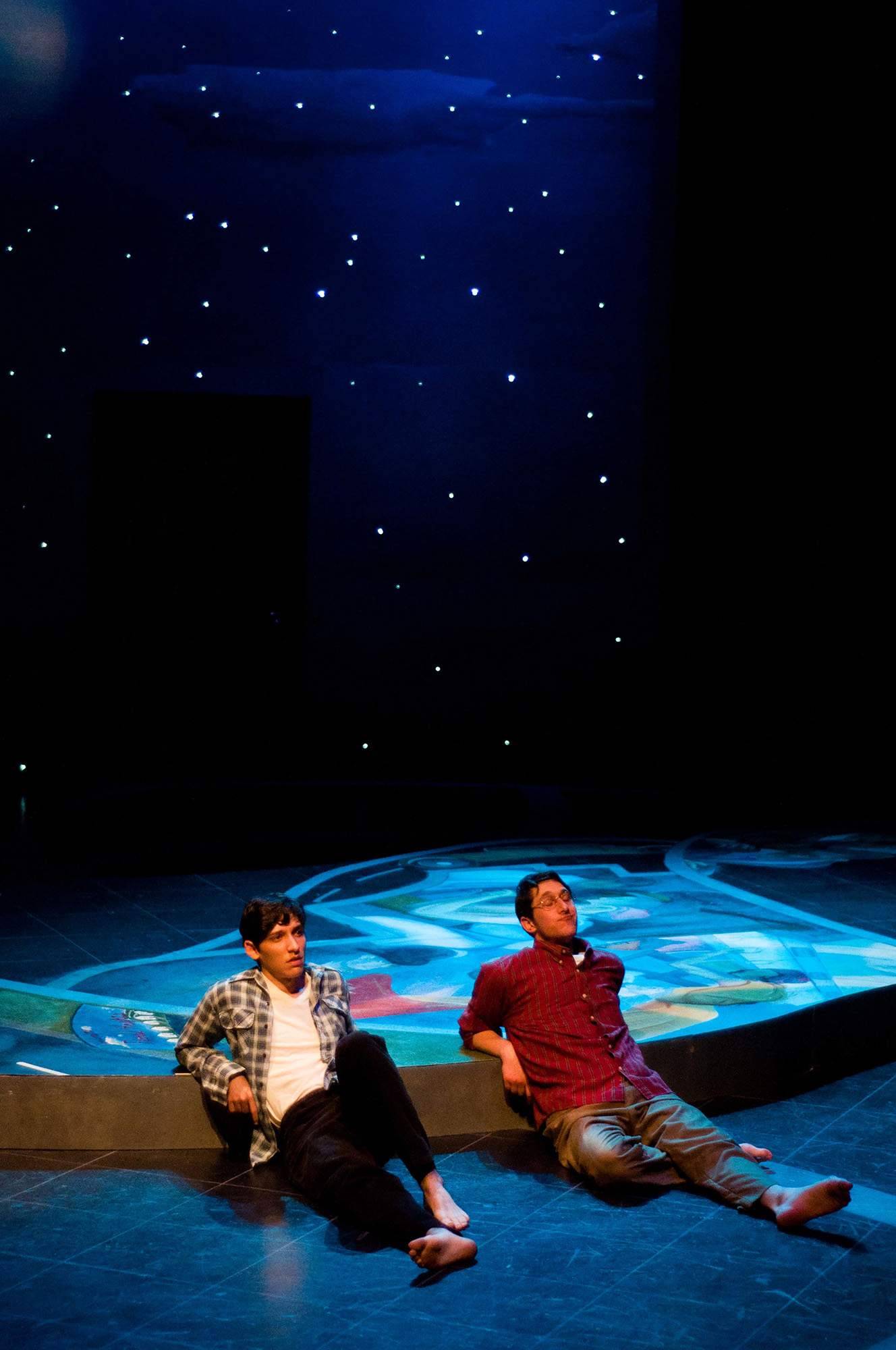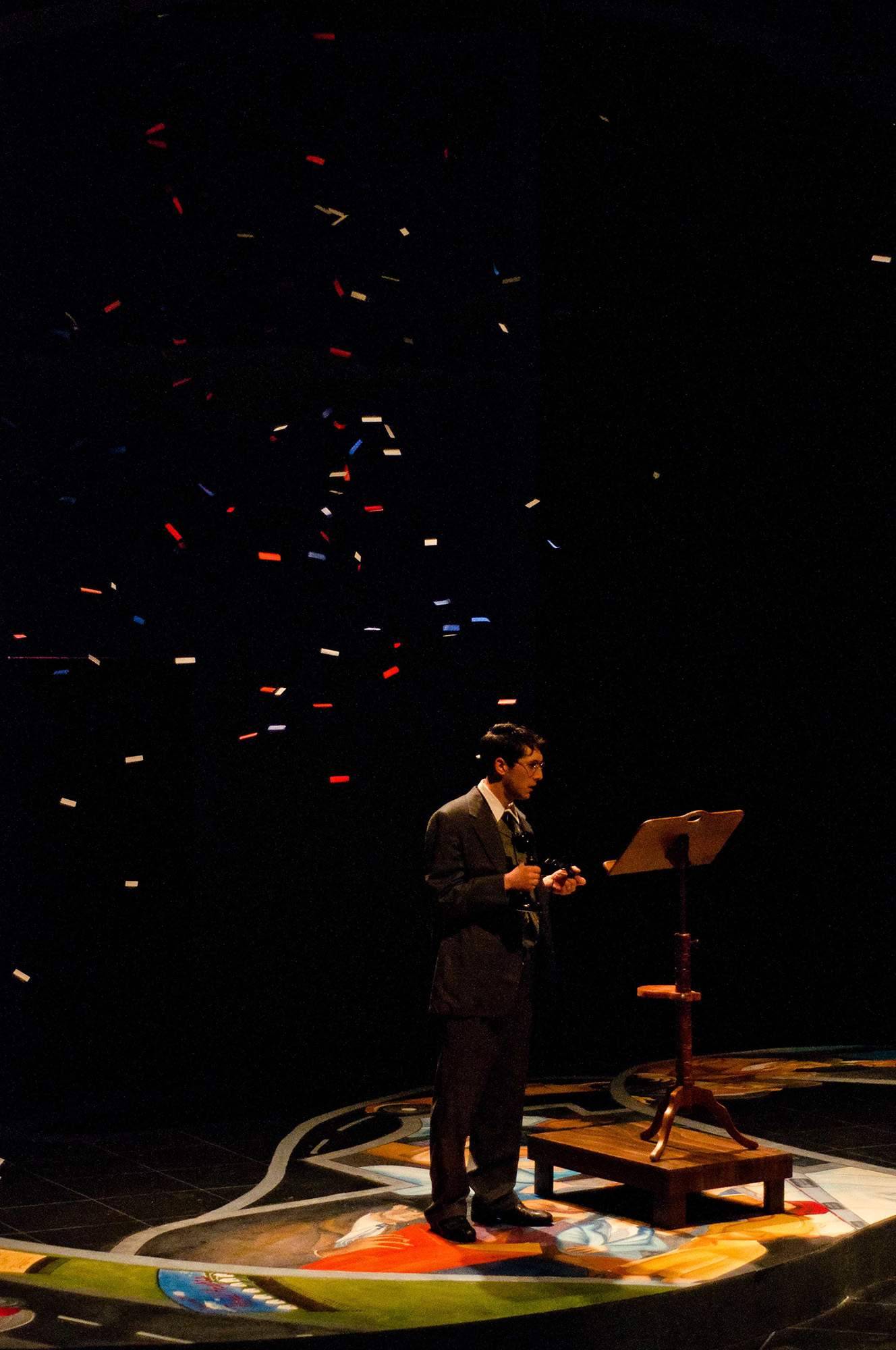Babbitt
Sinclair Lewis’s novel “Babbitt” is about a forty-year old real estate agent yearning for something he can’t quite define that lies outside the bounds of the life he’s created for himself. When I read it, I was a forty-year old real estate agent yearning for a life in art. I related.
Lewis’s distinct use of language sounded exactly like the way I remember the Main Street businessmen of my hometown talking when I was growing up.
The jingoism, tribalism, hucksterism and hollow pieties of “Babbitt” are as relevant today as they were ninety years ago.
“Babbitt” is a sharply observed feat of language and social commentary. But how to make it a play? The theatre that commissioned my adaptation, A Noise Within, offered its company of actors, which meant I could have a large cast of characters. I stripped the narrative of the novel to its essentials, sadly jettisoning a few subplots and detours, in order to spend stage time on creating Babbitt and his conflict within his community. What emerged was a Jazz Age odyssey of potential self-discovery that whirls George Babitt in a theatrical way to a moment of truth.
Although the play can be performed by as few as 9 actors, that’s a lot for most theatres to take on today. Fortunately, John Dillon, who directed the GOD’S MAN IN TEXAS premiere, brought the play to the University of North Carolina School of the Arts, where he directed it with a student cast in a richly produced premiere. I had a marvelous time in the process, and was flattered to be the speaker at Commencement two months later, where the school’s chancellor, John Mauceri, presented me with an Honorary Doctorate in the Performing Arts. It was a spring I’ll never forget.








